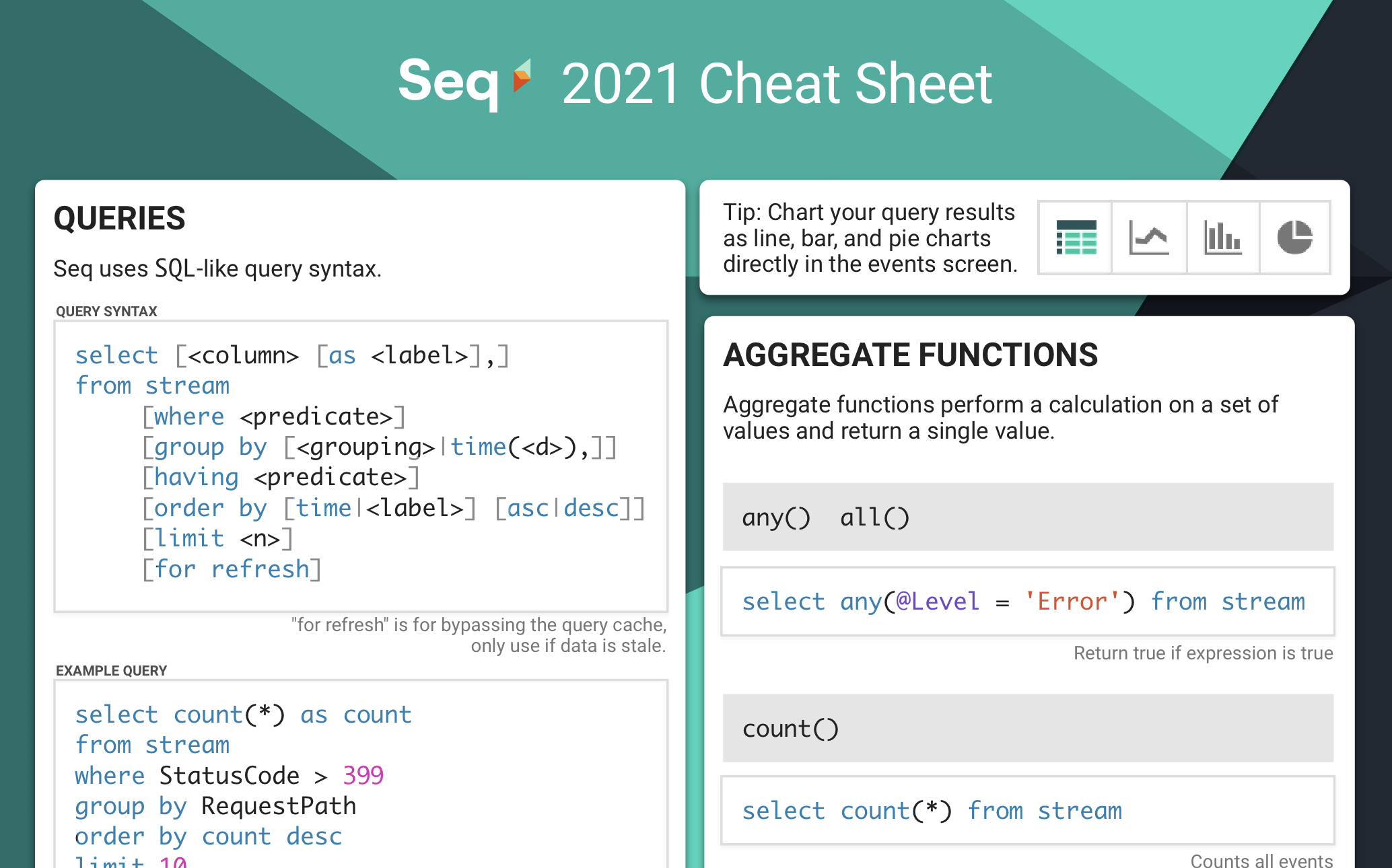Helm repo add gitea-charts helm install gitea gitea-charts/gitea Prerequisites. Kubernetes 1.12+ Helm 3.0+ PV provisioner for persistent data support; Examples Gitea Configuration. Gitea offers lots of configuration options. This is fully described in the Gitea Cheat Sheet. Gitea: config: APPNAME: 'Gitea: With a cup. List of Helm CLI commands and it’s purpose: SETUP # initialize helm helm init # update helm MAC brew upgrade kubernetes-helm helm init —upgrade LINUX curl -fsSL -o gethelm.sh chmod 700 g. Helm repo add gitea-charts helm install gitea gitea-charts/gitea Prerequisites. Kubernetes 1.12+ Helm 3.0+ PV provisioner for persistent data support; Examples Gitea Configuration. Gitea offers lots of configuration options. This is fully described in the Gitea Cheat Sheet. Gitea: config: APPNAME: 'Gitea: With a cup. Cheat sheets, Infrastructure as Code, kubernetes Kubectl Cheat Sheet Although kubectl is the Kubernetes management tool of choice for the majority of system administrators and developers, few of them. Feb 11, 2020 Recently, my husband was telling me about an upcoming job interview where he would have to run through some basic commands on a computer. He was anxious about the interview, but the best way for him to learn and remember things has always been to equate the thing he doesn't know to something very familiar to him. Because our conversation happened right after I was roaming the grocery store.
This article will explain you about helm commands along with commonly used options. You may treat this article as helm commands cheat sheet. I have explained widely used helm version 2 command in this article.
In case you want to learn about how to install helm version please follow this article.
So here the helm commands cheat sheet list for quick go through:
helm help
In case you want any help on command available with helm.
Canon scan utility for mac. Lets suppose you want more details about any command option you can use helm help <command> as below. Here in the below case we taken help on search command:
helm search
In case you want to search for any chart you can helm search command for the same.
helm fetch

In case you don’t want to install the helm chart however you just want to download the chart locally then use helm along with fetch option followed by chart name as below. It will download all chart and template files in the current directory.
helm install

If you want to install helm chart use install option followed by chart name . You can user –values option in case you want to use your own values.yaml file. In case you want to give it name to the deployed chart use –name option as below also chart version could be specified using –version option as below:
The above command also gives overview of the resources deployed by helm in the output. In case you want to check it from the kubernetes front use below command:
helm status
This command will give the curent status of the chart installation. You need to give the name of the chart which is being used in the helm install command as below:
helm list
To list down currently deployed chart use helm list command.
helm upgrade
In case you want to upgrade the current version of helm chart, use upgrade command. In our helm install example we installed version 4.3.3 now we will upgrading the chart to 4.3.4 version using below command.
helm history
To check the history of the chart installed use command helm history followed by chartname.
helm rollback
In case you are not happy with upgraded version and you want to rollback to previous version use helm rollback along with revision number as below:
helm delete
To delete the installed chart use helm delete command as below:
helm repo list
To list down currently used repositories use helm repo list command.
helm repo update
To update repositories use helm repo update command.

helm reset
If you want to uninstall the tiller component use command helm reset along with option “–remove-helm-home” in case you want to remove the home directory of the helm. Also -f option to do it forcefully.
To explore more commands follow this link.
In our most recent blog post, we have shown how to install ElasticSearch via Helm. This time, we will add a Kibana server (via Helm again), so we can visualize the data stored in the ElasticSearch database.
Compared to the installation of the ElasticSearch, the installation of Kibana is quite simple. The default stable Helm chart for Kibana is just a single node installation and the resource needs are not too high.
Contents
- ElasticSearch is installed and the ElasticSearch URL is accessible. You may want to follow the ElasticSearch installation instructions on our previous article.
In case the ElasticSearch server has not been installed via Helm by following our previous article, it might be necessary to manually define the ElasticSearch URL via something like follows:
For installing Kibana, we need to tell Kibana
Here we have chosen to overwrite the externalPort 443 with 5601 since we have not planned to install TLS.
The output should look similar to the following:
Shortly after the installation, the Kibana POD should get up and reads:
We read the cluster IP address from the output of the following command:
Let us access the service locally by accessing the CLUSTER-IP and the PORT 5601:
We can see, that we have reached the Kibana server and we have received a redirect message pointing to /app/kibana. We can follow the redirect with the -L option:
There are several options on how we can access the service remotely. For a quick test, and if the Kubernetes worker node is located in a secured network, you can follow the instructions that were given after the helm install command was given and expose the service as follows:
This will bind the address 127.0.0.1 port 5601 to the POD. However, we want to access the system from outside so we have to add the address 0.0.0.0:
Security Note: we recommend to perform those steps only, if your server is secured from the Internet.
The output of the commands is:
Helm V3 Cheat Sheet
Note: the input on the command line is blocked until we stop the port-forwarding with a <Ctrl>-C.
Helm Commands Cheat Sheet
As long as the forwarding is active, the service can be accessed:
For permanent access, other ways of access need to be established. In a simple situation with a single node kubernetes „cluster“, the (IMO) simplest way is to adapt the service from Cluster IP to HostPort:
Helm Cheat Sheet Dnd
The editor will open and we can manipulate the lines that are shown in blue below:
With that, the service can be accessed permanently on port 30000 of the IP address of the kubernetes node:
Helm Commands Cheat Sheet
Note that the NodePorts need to be in the range 30000-32767. If you desire to use standard ports like 5601, check out this blog post for an example how to expose services on HTTP or HTTPS via an NginX-based Ingress solution. The latter solution can handle services on a Kubernetes cluster.
In this article, we have learned, how easy it is to deploy a Kibana server on Kubernetes via Helm. We just had to manipulate the ElasticSearch URL and the external Port. We also have shown how to access the service via Kubernetes port-forwarding (temporary solution) or via a simple node port configuration with a high TCP port beyond 30.000 (persistent solution). Better, NginX-based solutions are found here.
